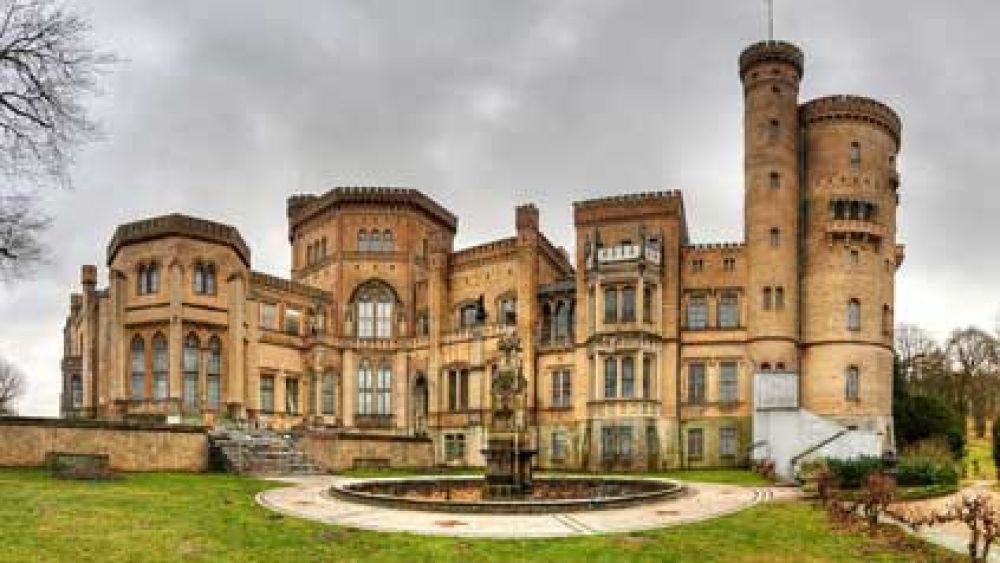

Babelsberg Palace (Schloss Babelsberg) and its surrounding Park in Potsdam, Germany, have been a significant attraction for visitors from around the world. The palace was constructed in the 19th century, in the period of 1833 to 1849. It was designed by the famous architects Karl Friedrich Schinkel, Ludwig Persius, and Johann Heinrich Strack, under the patronage of Prince William, who later became Emperor Wilhelm I, and his wife, Augusta.
Tourism to Babelsberg began in earnest after the palace and park were opened to the public. The romantic design of the park, with its picturesque landscapes and stunning views over the River Havel, attracted visitors who sought leisure and inspiration. As part of the larger ensemble of Potsdam palaces and gardens, Babelsberg became an integral component of what would be recognized by UNESCO as a World Heritage Site in 1990, further enhancing its appeal to tourists.
Originally serving as a summer residence for the royal family, Babelsberg Palace was seldom seen by the public. However, with the end of monarchy in Germany following World War I, many royal properties were converted into museums and public parks.
The period after World War II saw Babelsberg Palace and Park falling under the governance of East Germany. Despite the political challenges, the site remained a place of interest for both domestic and international visitors. After German reunification in 1990, significant efforts were undertaken to restore and preserve the palace and park. This restoration work further increased tourism as the sites returned to their former glory.
In recent years, tourism at Babelsberg Palace and Park has benefited from the global trend towards cultural and historical tourism. Visitors often include the palace as part of their tours of Potsdam's palaces, combined with trips to nearby Sanssouci Park and Cecilienhof Palace.
Sustainable tourism practices have been implemented in and around Babelsberg to ensure that the palace and park remain preserved for future generations. These initiatives are part of Potsdam's broader strategy to attract environmentally conscious travelers. Additionally, interactive experiences, guided tours, and events like open-air concerts have been added to the visitor experience, capitalizing on the latest trends in the tourism industry.
As travel habits continue to evolve, Babelsberg Palace and Park are adapting to meet the demands of the modern tourist, with a focus on providing an educational, enjoyable, and sustainable visit. The continued fascination with the region's history, architecture, and natural beauty suggests that Babelsberg will remain a cherished destination for years to come.